Investing in custom automation solutions can transform your business by enhancing productivity, reducing costs, and driving growth. However, determining the return on investment (ROI) is essential to ensure that the automation solution aligns with your business objectives. Let’s explore key metrics and benchmarks to help you evaluate the ROI of custom automation solutions effectively with AHE Automation!
Understanding ROI in Automation
Before diving into specific metrics, it’s crucial to understand what ROI means in the context of automation. ROI measures the financial return generated from an investment relative to its cost. For automation solutions, this involves comparing the initial and ongoing costs against the financial benefits realized, such as increased efficiency, reduced labor costs, and higher output quality.
Key Metrics for Evaluating ROI
Initial Investment Costs
The first step in calculating ROI is understanding the total cost of implementing the custom automation solution. This includes hardware, software, installation, and integration costs. Additionally, consider any training required for your team to effectively use the new system. These upfront costs form the basis for your ROI calculation.
Operational Efficiency Gains
One of the primary benefits of automation is the increase in operational efficiency. Metrics to track here include cycle time reduction, throughput improvement, and error reduction.
Labor Cost Savings
Automation often reduces the need for manual labor, allowing your workforce to focus on higher-value tasks. Calculate the reduction in labor costs by comparing pre- and post-automation staffing requirements. Consider not only the reduction in wages but also associated costs such as benefits, training, and management.
Maintenance and Downtime Costs
While automation can reduce labor costs, it’s essential to factor in the costs of maintaining automated systems. Regular maintenance is necessary to keep the system running smoothly and avoid unexpected downtimes. Track metrics such as maintenance costs, and downtime reduction.
Revenue Growth
Finally, consider the impact of automation on your revenue. Has the automation solution enabled you to take on more orders, improve customer satisfaction, or enter new markets? Increased revenue directly contributes to the ROI calculation and can justify the investment in automation.
Benchmarks for Automation ROI
To effectively evaluate ROI, it’s important to set benchmarks based on industry standards or historical performance within your company. Common benchmarks include:
- Payback Period: The time it takes for the savings and additional revenue generated by the automation to cover the initial investment costs. A shorter payback period typically indicates a higher ROI.
- Annual ROI Percentage: A standard metric that measures the return as a percentage of the initial investment over a year. Compare this to industry averages to assess your performance.
AHE Automation: Your Partner in Custom Automation Solutions
At AHE Automation, we understand that every business has unique needs when it comes to automation. Our team of experts works closely with you to design and implement custom automation solutions that not only meet your operational goals but also deliver a strong ROI. With our commitment to quality, innovation, and customer satisfaction, AHE Automation ensures that your investment in automation drives long-term success.
Ready to maximize your ROI? Visit us at AHE Automation to learn more about how we can help your business thrive!
